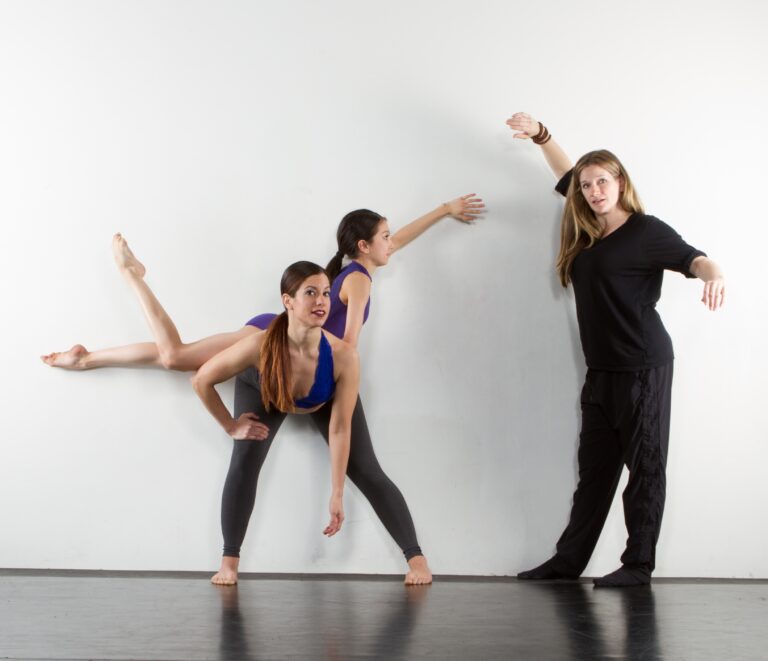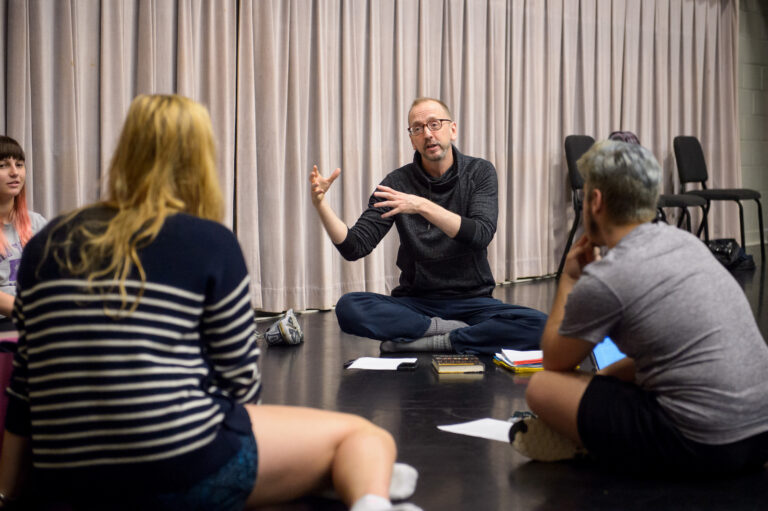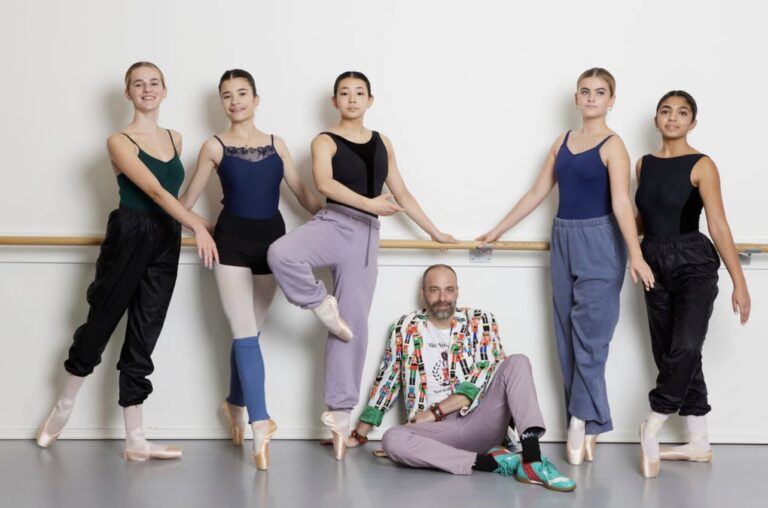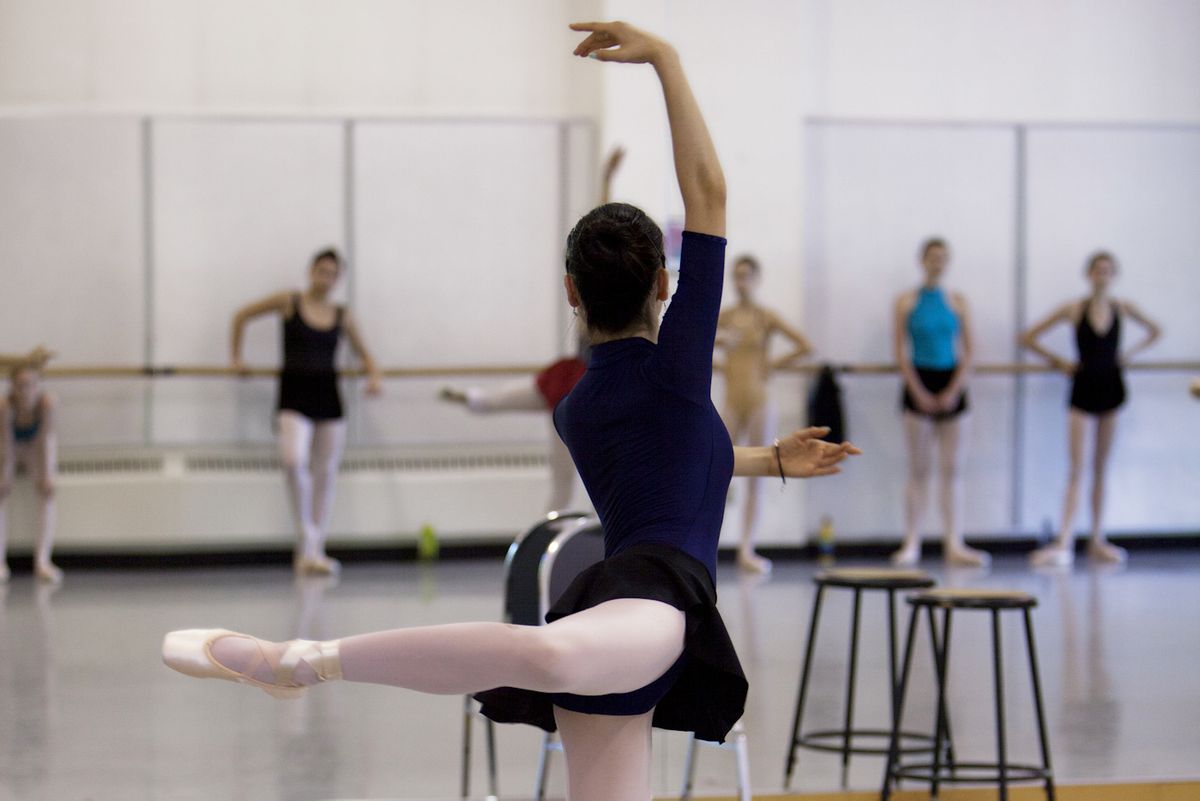
Attitude turns have the potential for major wow factor—the position originated from sculptor Giambologna’s famous bronze statue of the Roman god Mercury, after all—but many dancers struggle with this kind of pirouette. It’s a tricky step, one that requires good placement, coordination and timing. Whether your students are learning this turn for the first time or working on doubles, it’s helpful to go back to basics and break down the mechanics.
How to Prepare
Try a creative barre stretch. “Find a barre, or even a table, that’s a good height, and put your leg up behind you,” says Stephanie Spassoff, artistic director of The Rock School for Dance Education in Philadelphia. “Totally square off, so you can feel the right position.” Spassoff suggests doing a series of pliés and relevés, lifting the leg off the barre on the way up and lowering it when the standing heel descends (see photo 1). “It’s a good way to strengthen your back and get yourself placed for the turn,” she says. Spassoff encourages students to lengthen their backs, too, doing counter-stretches like rounding or rolling through the small of the back (photo 2) to balance the stress of supporting the attitude position.
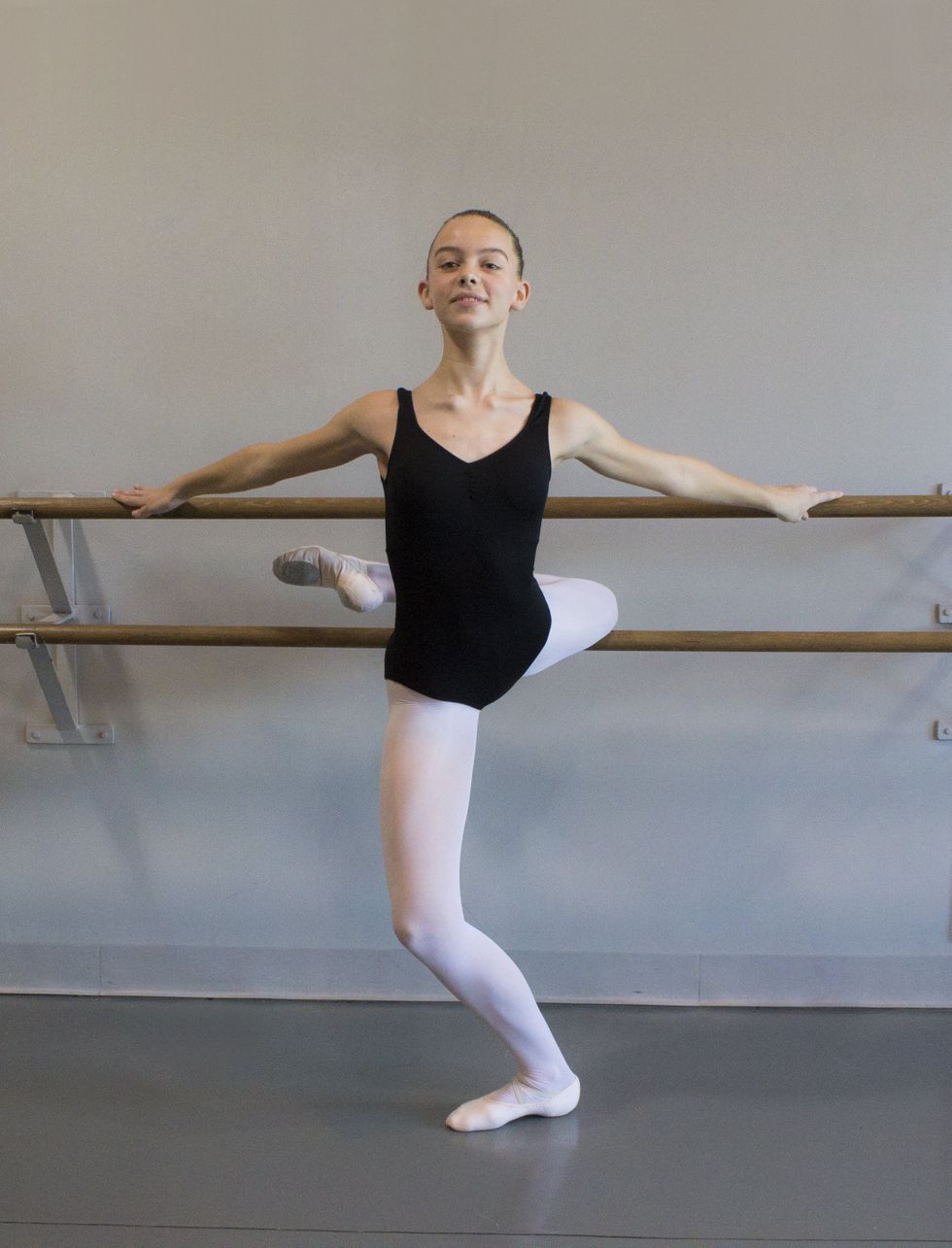
Photo 1, by Kaitlin Marino, courtesy of Princeton Ballet School
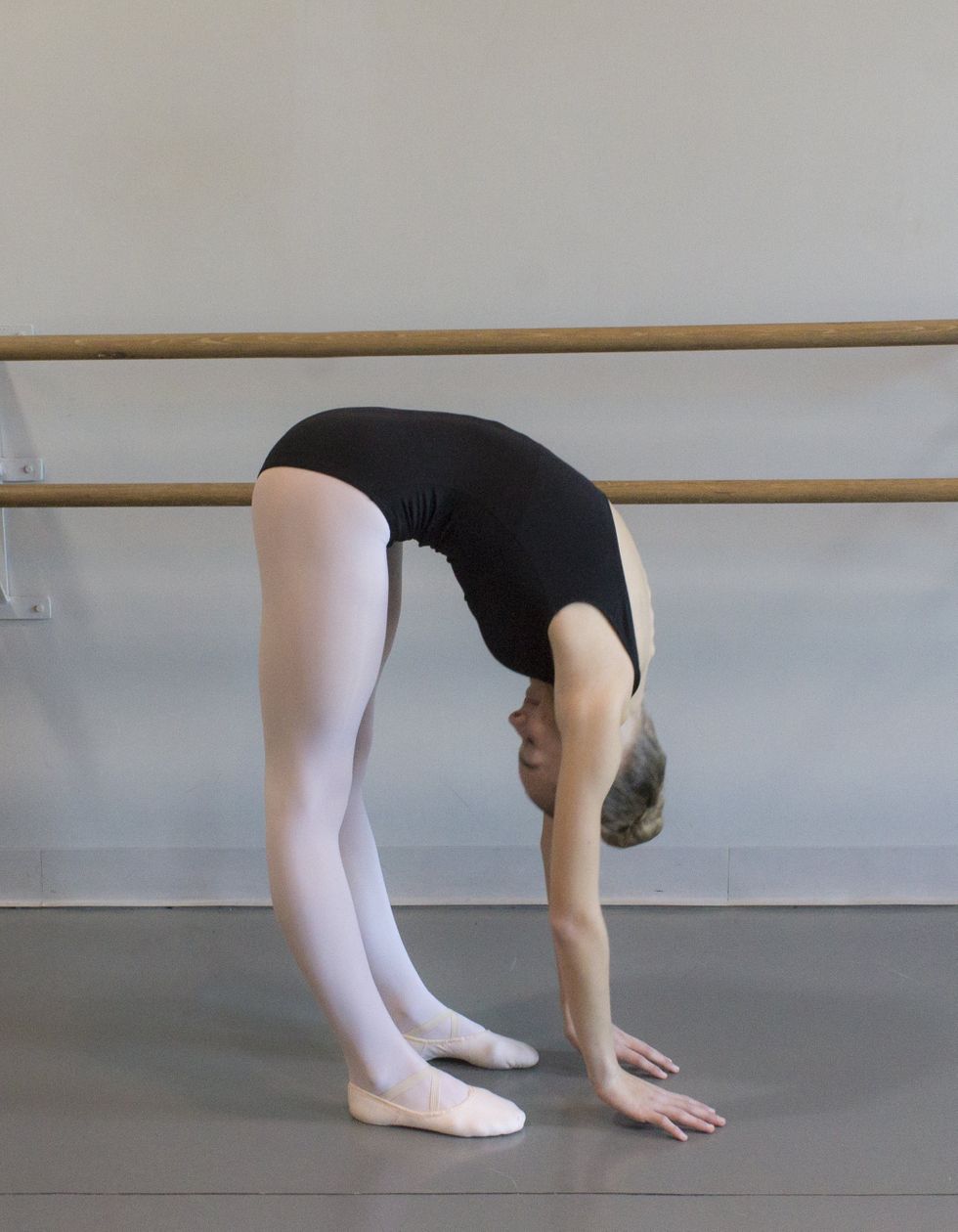
Photo 2, by Kaitlin Marino, courtesy of PBS
Use the action of the plié to get up on the supporting leg, says Nancy Crowley, faculty member at Pacific Northwest Ballet School. Whether a dancer is turning en dehors or en dedans, the principles of the preparation are the same. “Make sure the dancer can keep the weight over the supporting leg in the entire turn,” says Crowley. To encourage this, she tells students to lengthen the standing side and spiral up through the torso.
Turn out in order to turn well. “When dancers relevé into an attitude pirouette en dedans, the supporting heel should initiate the turn,” says Spassoff. “The heel pulls the inside of the upper thigh, so the entire leg is rotating, and the attitude toe is reaching for the opposite shoulder.”
Focus on Placement
Align the center of the lower back over the ball of the foot (photo 3) in an attitude turn, unlike basic pirouettes in passé, which require the head to be aligned over the torso and supporting leg. “Students tend to pull their head and torso back to get over their supporting foot in an attitude, which distorts the position,” says Janet Parke, director of Ballet Memphis School. “Students should learn how to balance in attitude, preparing from a lunge or fourth position.” Parke suggests doing just quarter- and half-turns in attitude, trying to finish in a balance on relevé. “They shouldn’t worry about the force of the turn but instead about establishing a balance over the base of support,” she says.
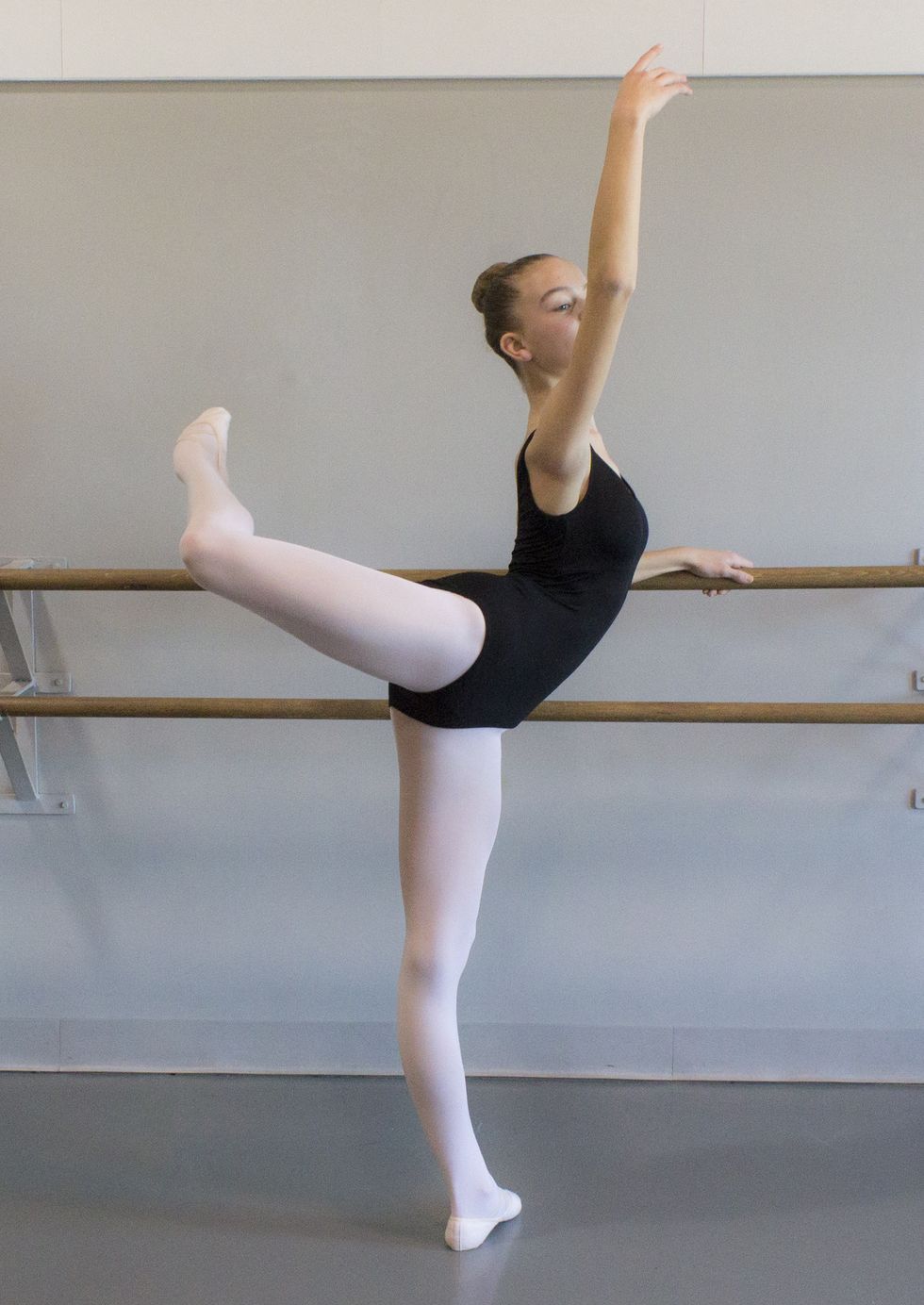
Photo 3, by Kaitlin Marino, courtesy of PBS
Maintain placement and strength on the supporting side, advises Crowley. As they relevé into the turn, dancers might push their bodies around and pull off their standing leg. But this approach negatively affects placement: The torso tends to tip forward, the hips slip back and the supporting leg loses rotation. She recommends using an adagio promenade, en dehors and en dedans, to help students stand properly on one leg and understand a slow rotation. “Use it as a study for attitude pirouette,” she says.
Don’t let the knee get too high in attitude—it can make the position less attractive. “The working hip should not be up, because it can destroy the line,” says Spassoff. “The knee should be behind the body as much as possible, with the toe reaching for the opposite shoulder. If it doesn’t have that tightness, dancers get that position we call ‘dog at the fire hydrant.'” Coming out of the turn, students should continue to lift on the supporting side and bring their hips to a neutral position as soon as possible.
Coordinate the Arms and Legs
Don’t relevé first and turn second. Coordinate the rotation of the torso with the relevé action of the standing leg. “It’s about being organized and over the supporting side, and having the strength to stay on that leg for the full rotation,” says Crowley. The arms should also arrive with the relevé and maintain classical academic shapes. “If the arms look sloppy, it’s because they’re not related to the center line of the torso and where the center line moves during the turn,” she says.
Don’t start from a static position. “All turns need some initiation in the core of your body,” says Parke. “Dancers should start with a coil of the spine, and it should be so tiny that it isn’t visible to the naked eye or distorting the preparatory position.”

